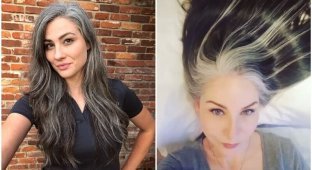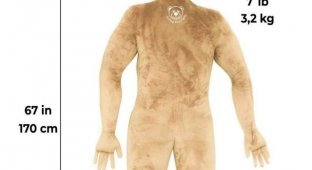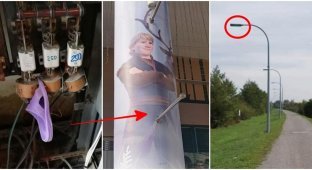12 crazy beauty trends of the past that no one will try on themselves now (13 photos)
What may seem stylish and fashionable today will be tomorrow may become the subject of widespread ridicule. People of past eras are clearly not thought about it. 
Surely, resorting to strange beauty trends, they were are confident that they make their appearance brighter and more unusual, and their techniques will be entrenched in culture for many centuries. Fashionistas and fashionistas of the past, they did not hesitate to wear uncomfortable outfits, which often led to to injury, and use questionable and sometimes even dangerous cosmetics You will go to great lengths for the sake of beauty. It's good that Today, these trends are largely a thing of the past and are no longer will shock no one.
Corsets 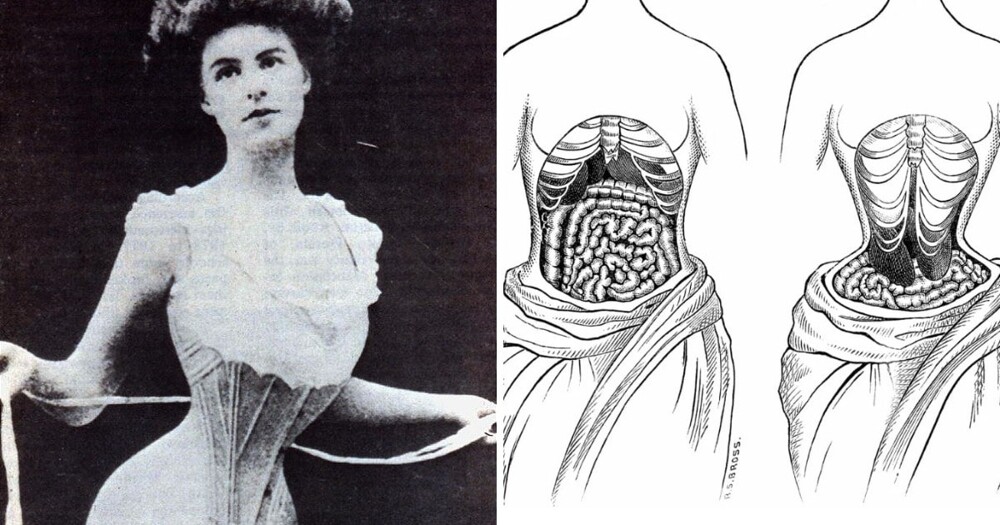
In Victorian England, women had thin waists - not only a tribute to fashion, but also a duty. Only those who refused to wear a corset whose behavior did not correspond to generally accepted norms.
This wardrobe item brought real torment to women, causing fainting, difficulty breathing and displacement of internal organs. Corsets of the past cannot be compared with modern models, which made on a completely different principle and are not able to drag on like that.
In ancient times, Japan had an unusual tradition of blackening teeth. 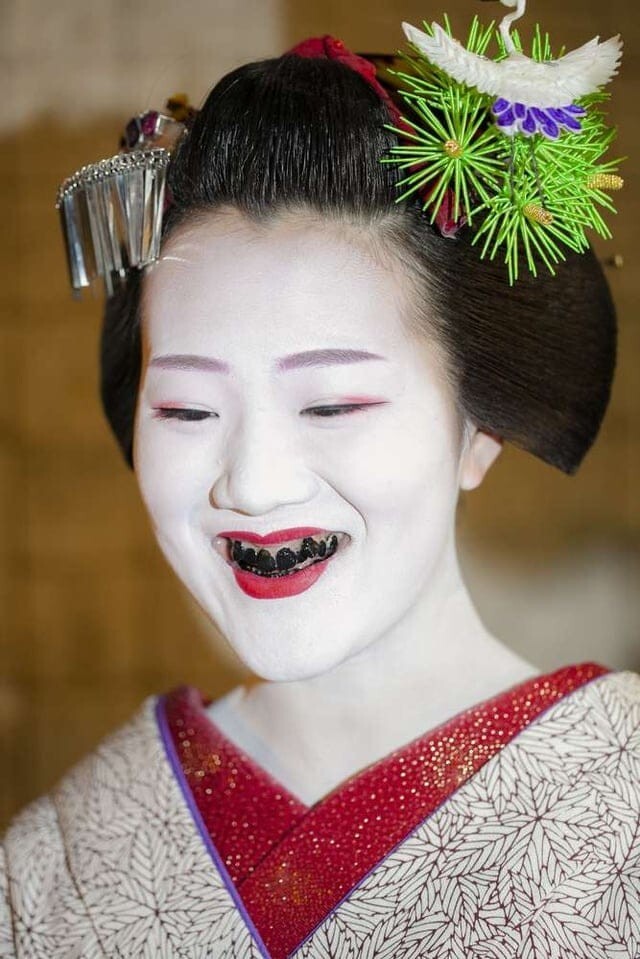
It was called Ohaguro and existed until the period Meiji (1868-1912). Blackening was carried out by girls who got married. This was a sign of her strong and unchanging feelings for her husband.
The teeth were stained with a special paste, which was made from iron filings, vinegar and tea dust.
Shaved forehead 
During the Elizabethan era (1558-1603), a high forehead was considered symbol of beauty. Many women and men deliberately shaved their hair to forehead to match the fashion trend. Some even managed remove all facial hair to further enhance your transformation more noticeable.
Huge wigs 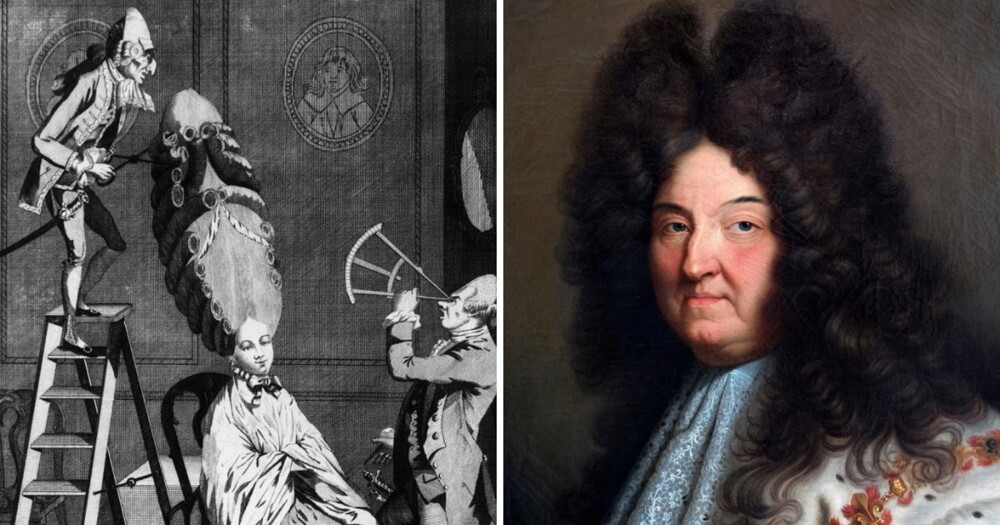
The main trendsetters of European fashion in the 16th century were kings. So, thanks to Louis the fourteenth, the well-known huge powdered wigs. However, the reason for the incredible popularity this accessory lay far from the desire to be part of a stylish parties. Representatives of the nobility used wigs to hide their bald heads. And it was a necessity, because long hair was considered one of the symbols in Europe authorities.
Women also did not lag behind men. However, their bulky wigs primarily emphasized their status.
Unnatural pallor 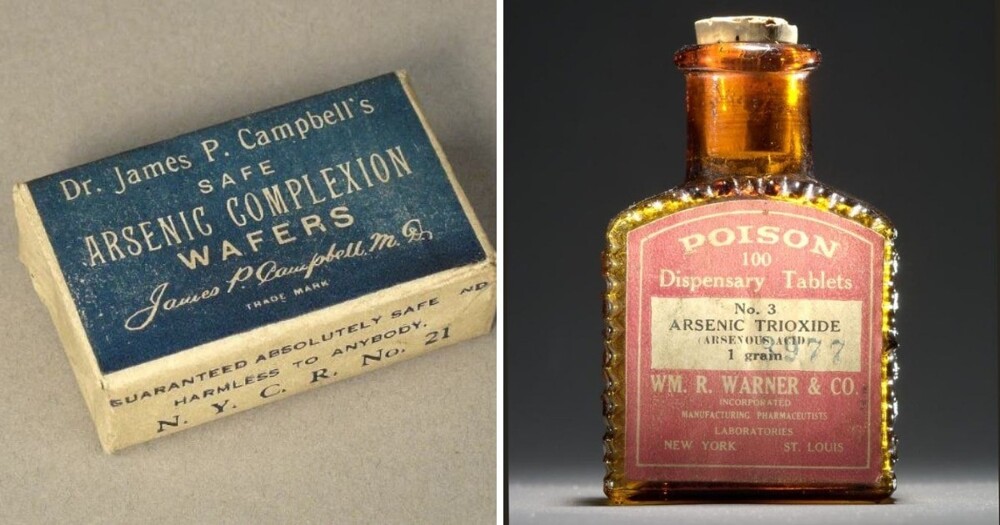
In the 19th century, many women deliberately ate waffles containing arsenic, and also consumed it in its pure form in small quantities. This manipulation made it possible to make the face paler, remove freckles and blackheads
Radiant skin 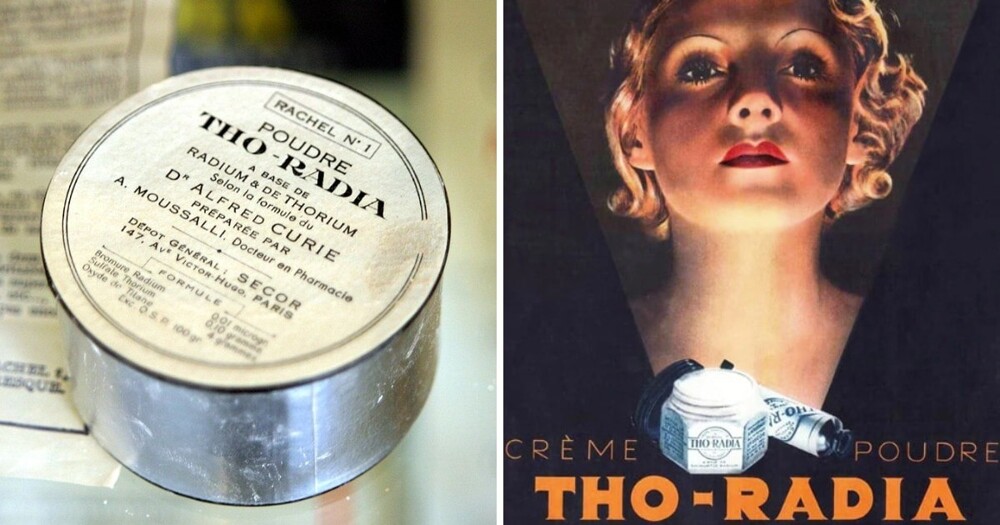
Marie and Pierre Curie, who discovered radium, did not even realize that this dangerous element will be used in cosmetics. But this is exactly what entrepreneurs working in the cosmetology industry did industry. In the 1930s, radium was literally hailed as the “cure for everything” and They began to actively add it to powders, lipsticks, and creams. The most a popular manufacturer of such deadly cosmetics has become American company Tho-Radia. While the brand was earning millions dollars, millions of his clients irrevocably undermined their health, receiving incredible doses of radiation.
Large pupils 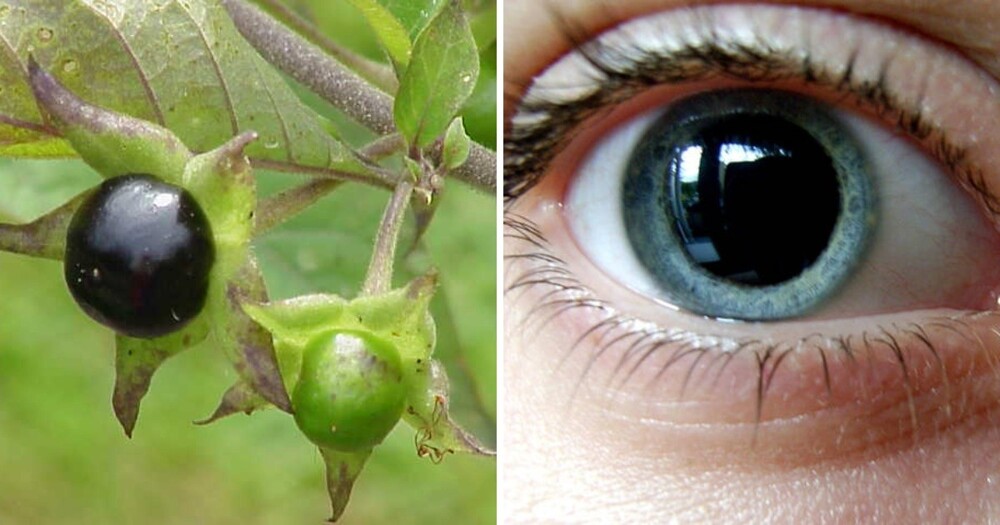
Today, to emphasize the beauty of their eyes, women actively use cosmetics and contact lenses. Previously, fashionistas used these methods were unavailable, so the juice of belladonna, a poisonous plant, was used, which dilated the pupil and made the gaze radiant and deep.
Fake moles 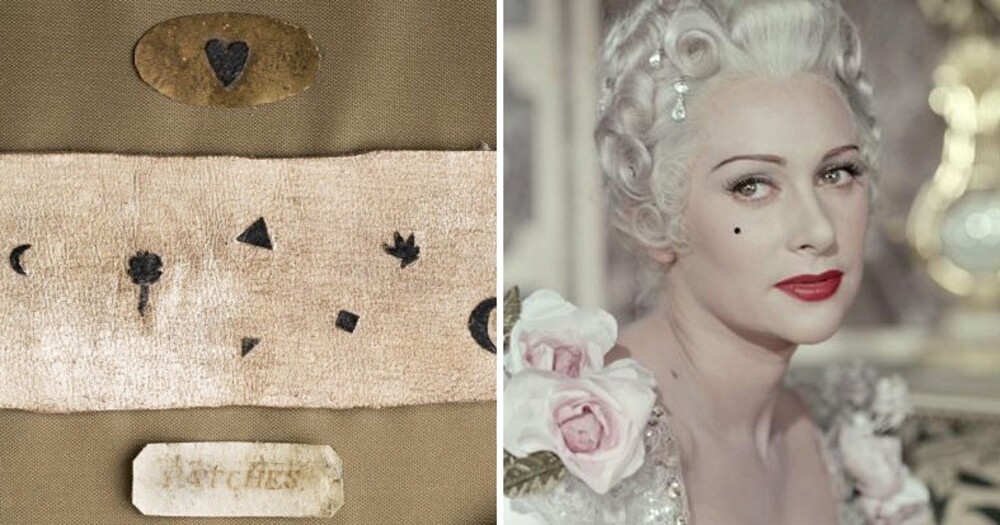
Women began to actively resort to bright makeup in the 18th century. In addition to a pale face, flies were in fashion. Pieces of fabric in the shape of stars, moles and squares were used to hide minor imperfections skin. They were also often used as ordinary decor (as today, for example, glitter is usedor rhinestones).
X-ray machine for beauty 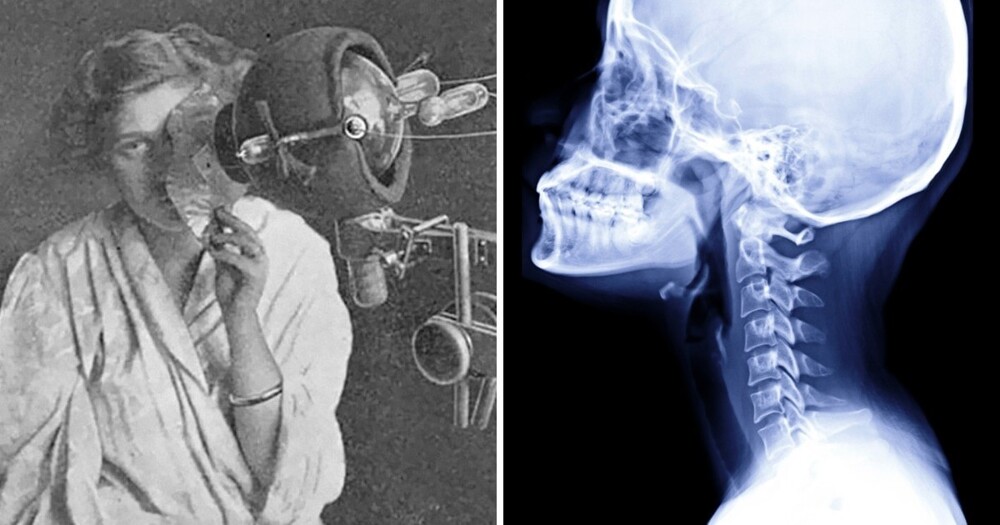
Did you know that previously the X-ray machine was actively used to remove unwanted hair and improve condition skin? Unfortunately, in those days no one had any idea what Repeated exposure can have terrible consequences.
Hoop skirt 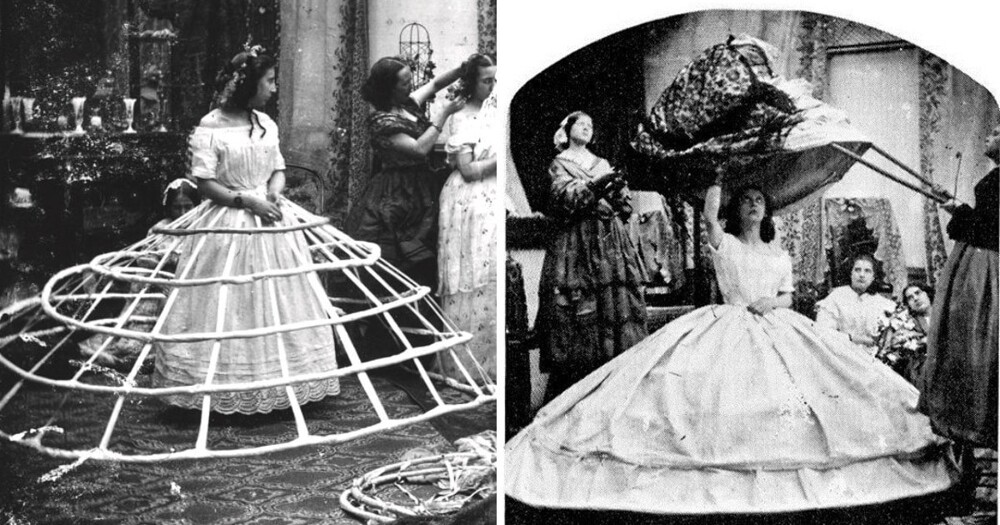
In the first half of the 19th century, wide crinoline dresses came into fashion. skirts. These strange products were a frame made of hoops, which were made of flax and whalebone. Probably not even worth talking about how uncomfortable these items of clothing were - because of them it is impossible it was normal to walk and sit.
lame skirt 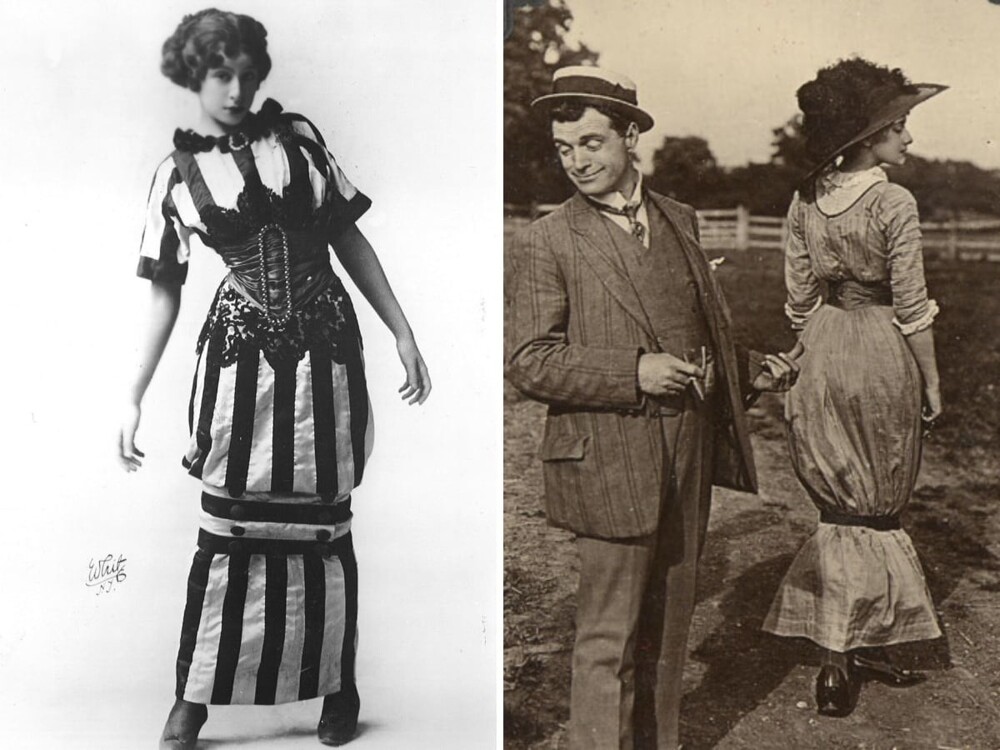
These are extremely narrow skirts that reach to the ankle. Women traded their heavy dresses for this early prototype pencil skirts. However, this fashion item came at a price: women could only walk in small, measured steps.
Intentional deformation of the skull 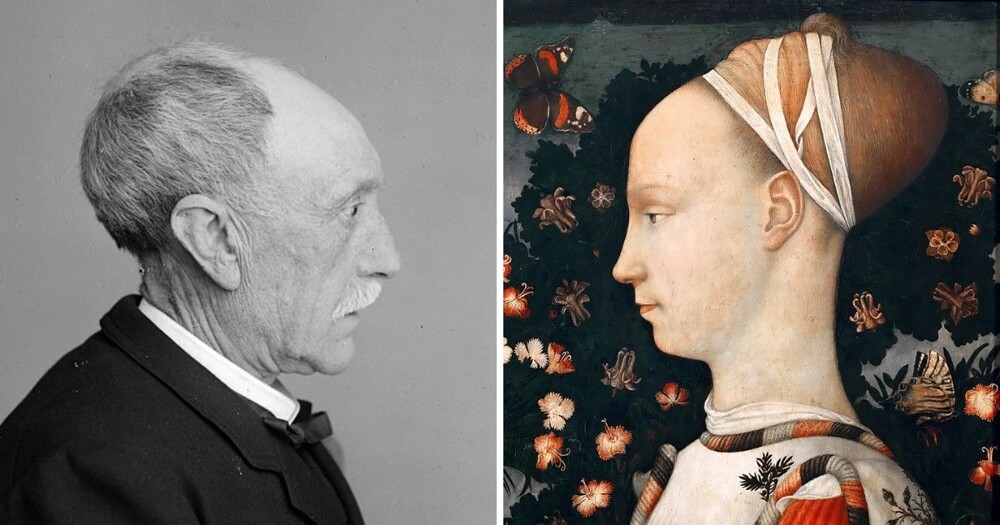
Deliberate deformation of the skull, as a rule, was common among the Mayans, Huns, Indians and various peoples Africa. This transformation technique has existed for a long time and is definitely not possible. say for what specific purpose it was made. Some researchers suggest that this is a tribute to cultural values, others are sure that such a transformation of the skull adorned a person, indicating his high social status. There is also a theory that the deformation influenced a person’s character and behavior.
Which of the presented trends seem the strangest to you?












